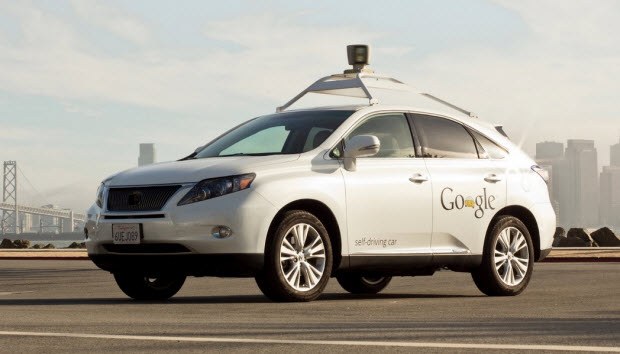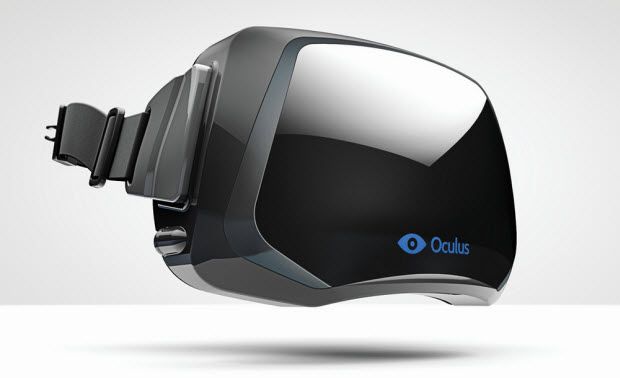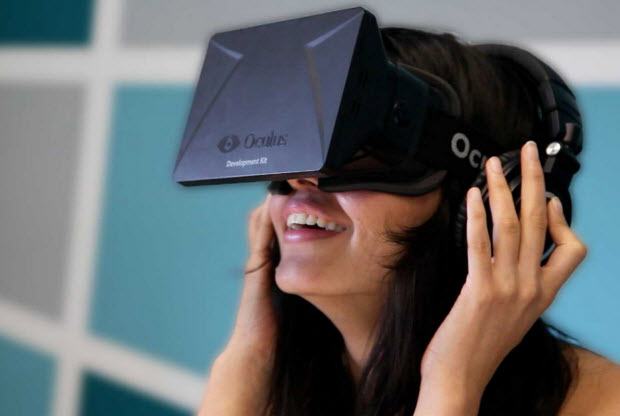
It’s an exciting time to be alive, as new technologies are constantly being invented and refined to make the world into a much better place. It seems like each year brings new promise, and I thought it would be good to take a look at some of the best tech trends that are poised to change the world, either quite soon, or a ways down the line.
[Photo via Oculus]
1. Self Driving Cars
Out of everything that could possibly change the world on this list, self-driving cars might be one of the most plausible. The movement is largely being led by Google, of all companies, who can do nearly anything when they set their mind to it. Their work on self-driving cars is truly impressive, and their biggest hurdle is now to make the idea practical. Check out this recent piece on how their self-driving car handles city streets. It will blow you away.
[Photo via CNET]
2. Virtual Reality
Virtual Reality has always felt like a science fiction dream, but it’s here already. Spearheaded by the Kickstarter-backed Oculus Rift, the company was recently bought by Facebook for $2B with applications opening up past immersive video games and into anything and everything from virtual classrooms to doctors’ visits. Sony has their own VR headset in the works, and I have hunch the market is about to get very crowded, very fast.
[Photo via Oculus]

3. Wearables
There’s some debate about whether wearable tech is really taking off, or just a passing fad. Though some products like Google Glass premiered with lots of buzz, then saw interest wane, others like the infinite amount of fitness bands appear to be here to stay. People are using wearables to gamify their walking, eating and sleeping, which hopefully will lead to a healthier overall population.
[Photo via Google]
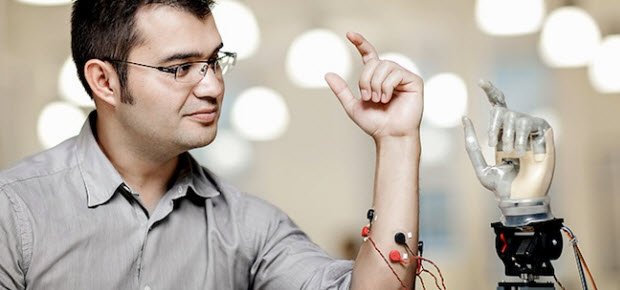
4. Advanced Prosthesis
There are different kinds of wearables emerging in this day and age, ones that do far more impressive things than track steps or calories. Advancements in medical technology have allowed for the creation of prosthesis that can hopefully someday do anything from let the blind see to allow amputees to control mechanical limbs with their minds. Early versions of these mechanisms exist at present, and they’re only getting more and more refined as time goes on.
[Photo via Wired]

5. 3D Printing (Makerbot Digitizer)
3D printing has made tech lists like this one for years now, but it’s starting to get easier and more affordable for the general product. What once was a massive box costing hundreds of thousands of dollars is now a smaller device costing a few hundred (the Makerbot Digitizer). Last year saw the first 3D printed guns that could actually fire, meaning that this is one piece of tech that may end up facing serious regulation in the future if it continues to grow.
[Photo via Makerbot]
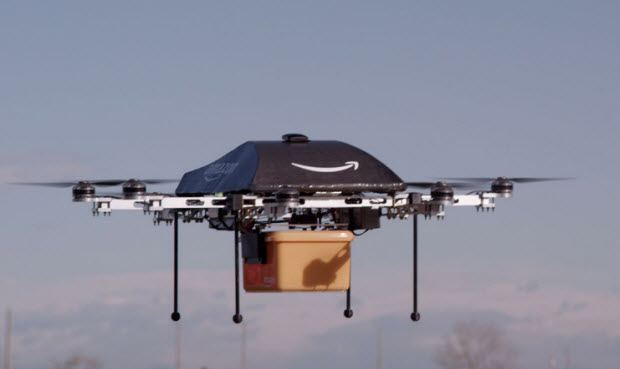
6. Drones
Amazon made headlines this past year when they announced their dream of delivery via automated flying drones. The military application of drones has been seen for the past decade of war, but it seems they may have civilian uses as well, for better or worse. As ambitious as Amazon is, we may still be quite a ways away from drone delivery of packages, however.
[Photo via Amazon]

7. Genetic Scanning
Over the past ten years, the cost to map someone’s genome completely has gone from 2.7 billion to just $5,000. The ability for cheap genetic scans could change the face of medicine as we know it, but the problem then becomes what we do with all that information about a person’s DNA once it’s all mapped and cataloged. We may see a lot of ethical issues stem from the availability of genetic information in the future, as we try to avoid bringing “Gattaca” to life.
[Photo via Columbia Pictures]

8. Photorealism
We’re constantly approaching a line where our brains will not be able to tell the difference between computer generated imagery and real life. Movies are getting close, TV a little further behind, with video games, having to render such graphics in real time, still to follow. Once all three of these entertainment avenues achieve full photorealism, it will completely change entertainment and, combined with VR, could make video gaming in particular dangerously addictive.
[Photo via Quantic Dream]

9. Robotics
Robots run many manufacturing plants around the world (with a little help from humans), but advancements are being made year after year in terms of what machines can do. There are humanoid and animal robots capable of incredible athletic feats, and AI personalities are constantly being more refined to appear more human. Hold your Skynet jokes, please.
[Photo via National Robotics Week]

10. Holograms
Holograms are finally just starting to come into their own, as they exist in places like MIT, but they’re still not ready for the general public quite yet. While holographic display is present in any vision of the future, it has lagged behind some of these other technologies perhaps because the innate benefit isn’t quite as obvious. Other forms of screenless display are actually concepts that project images directly onto the retina of the user.
[Photo via eartholographics]

